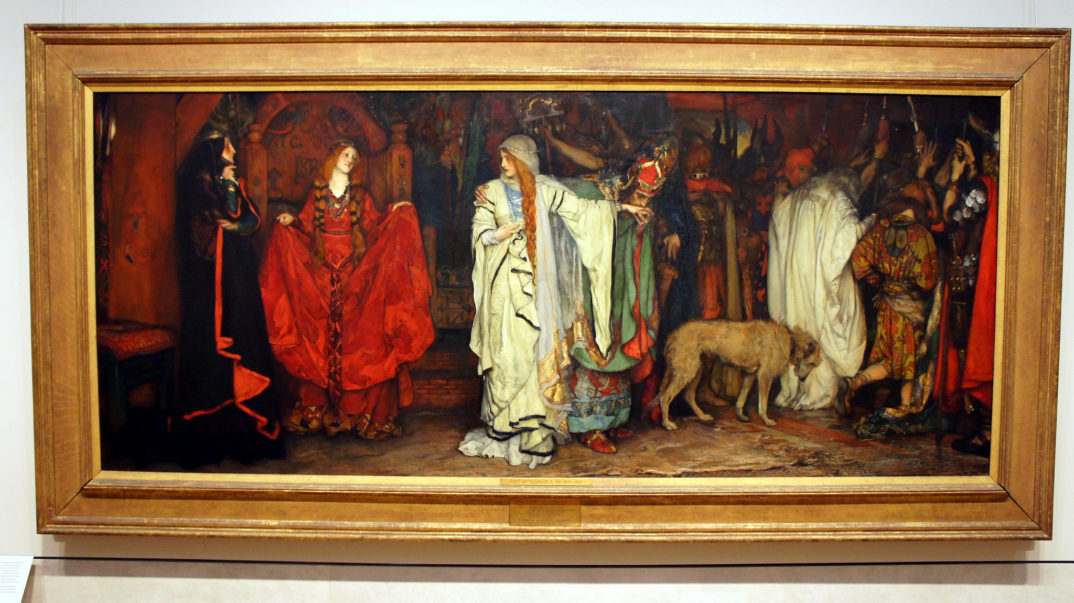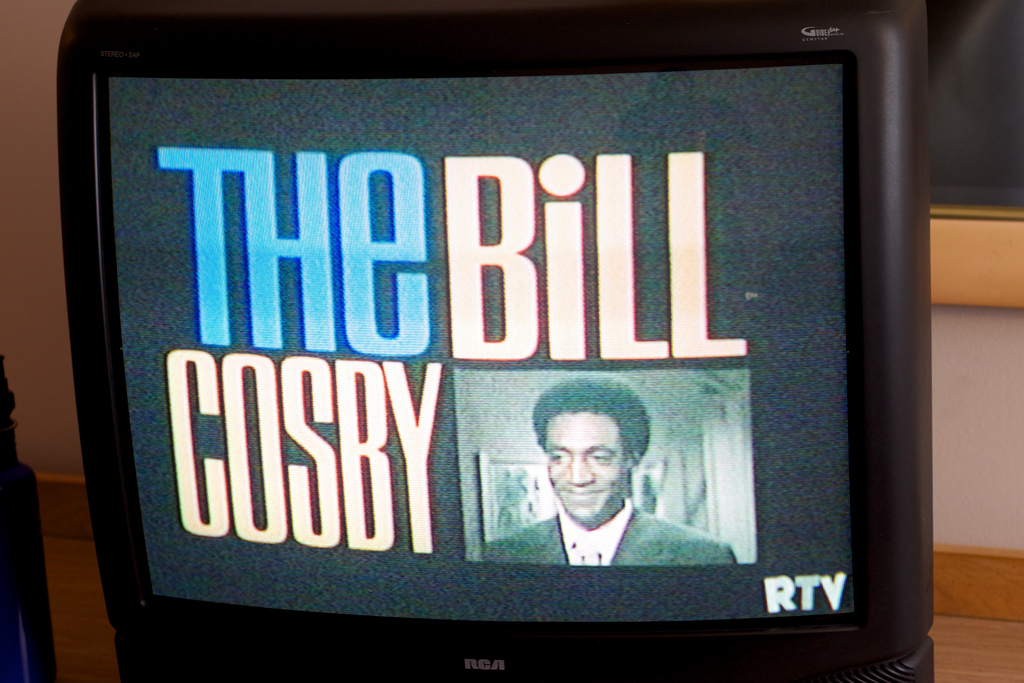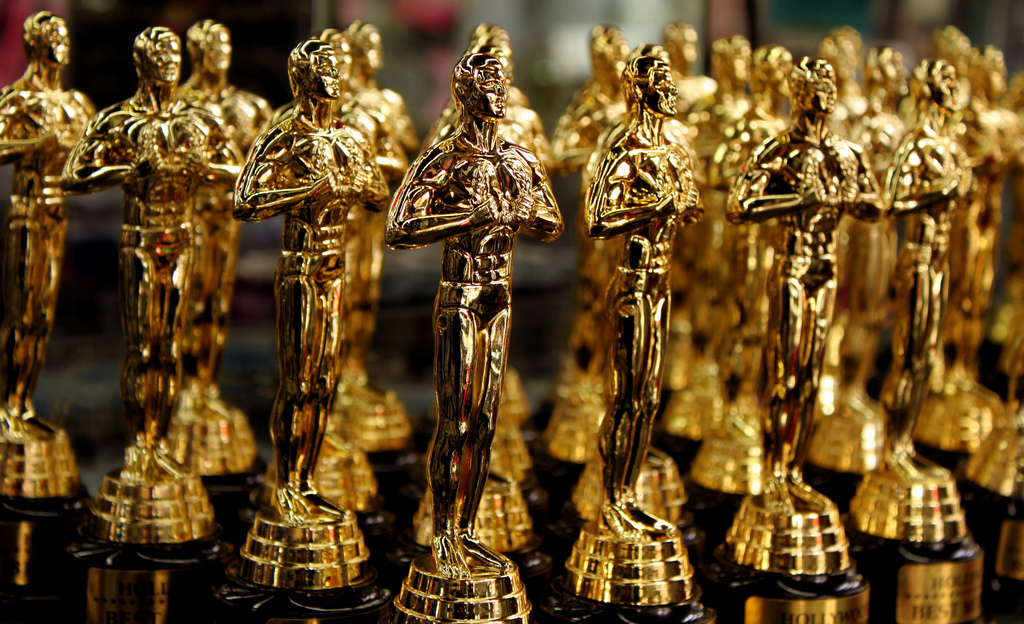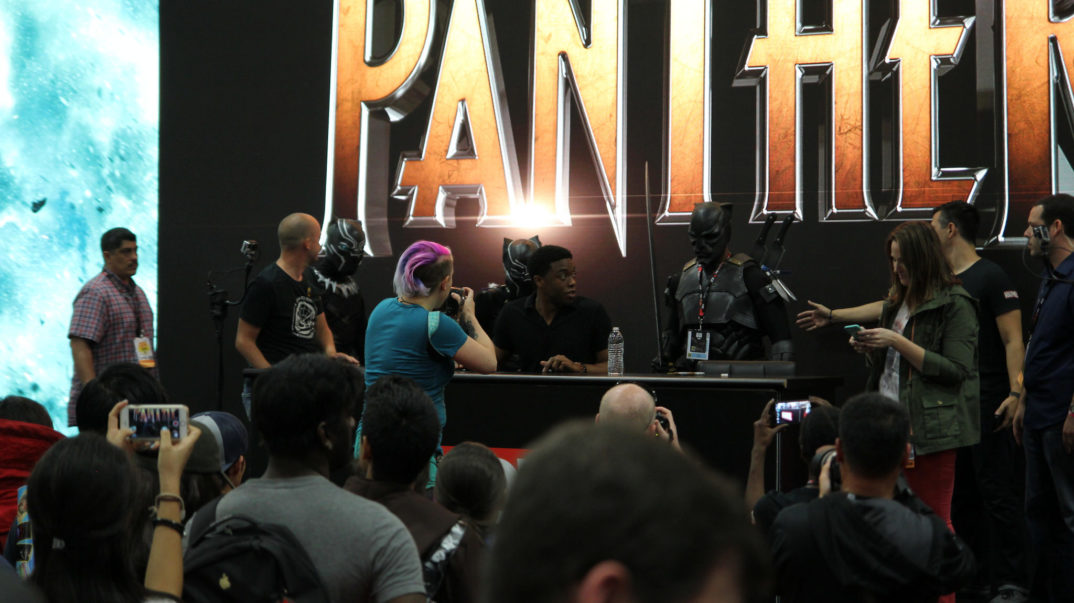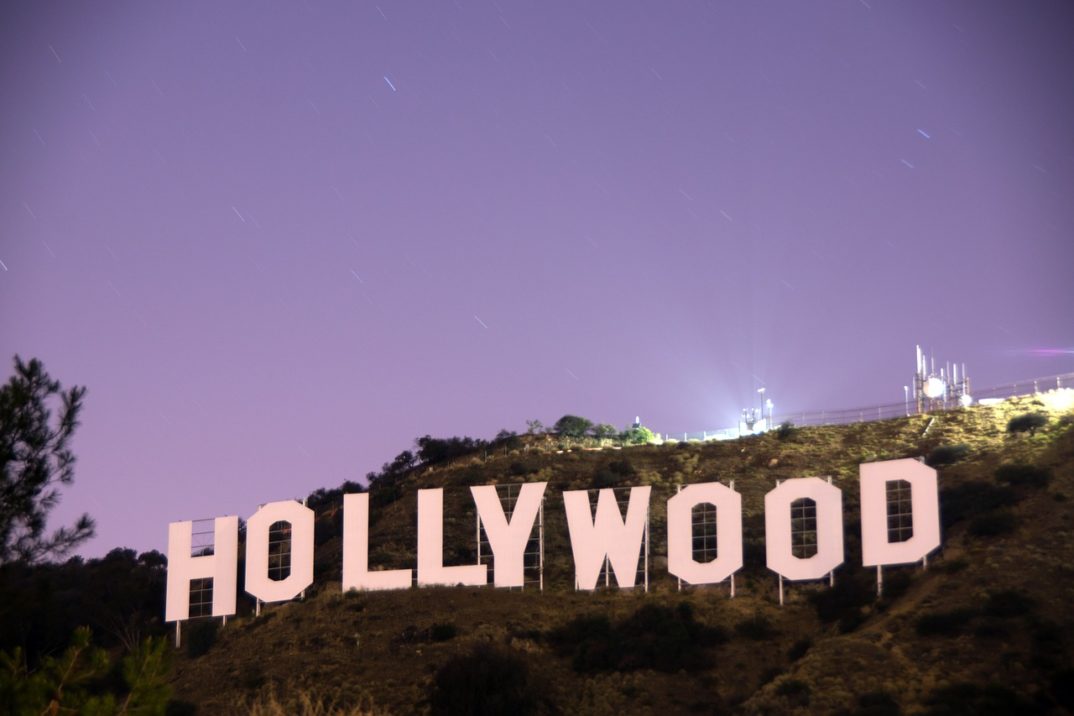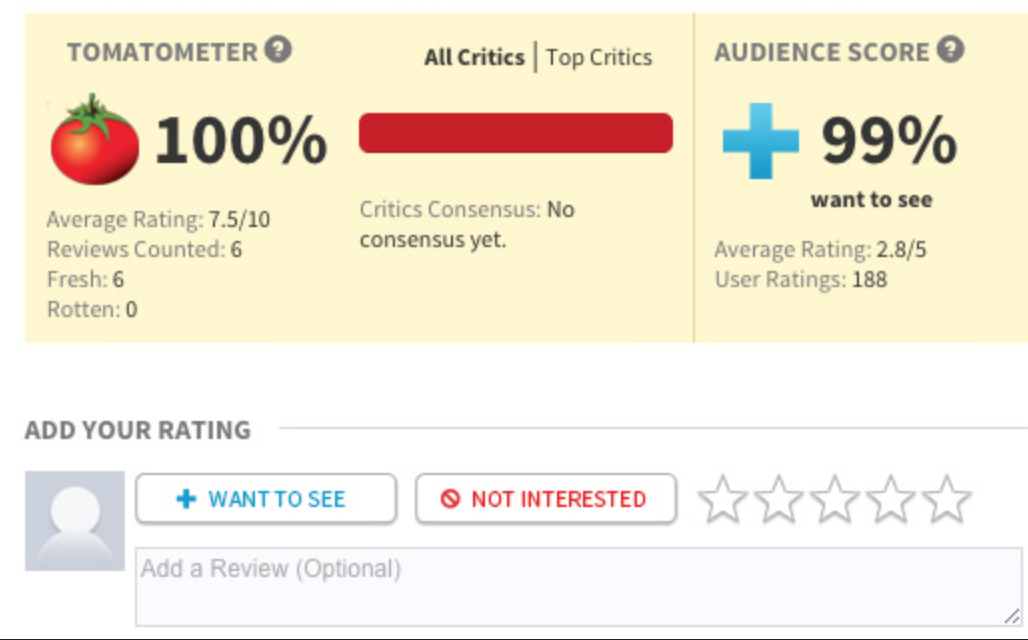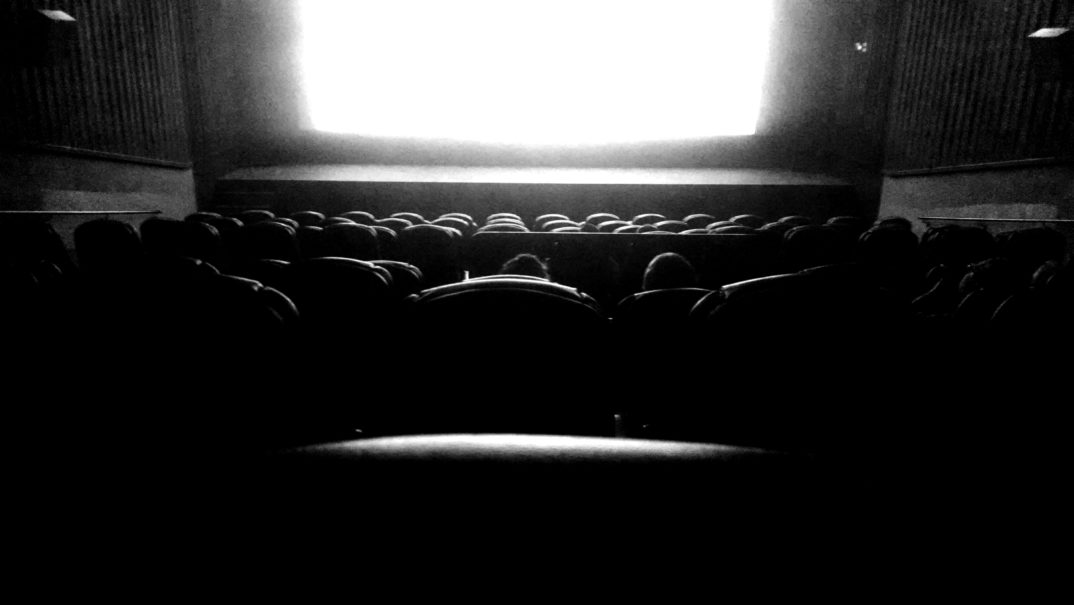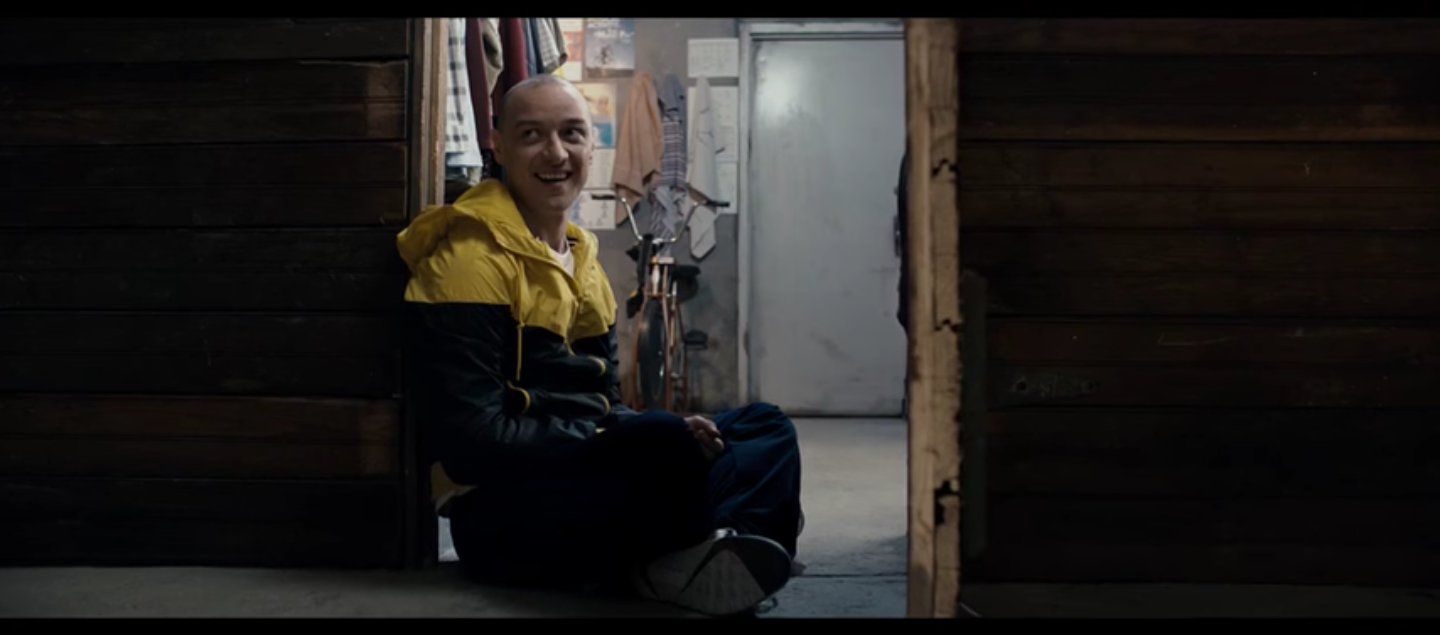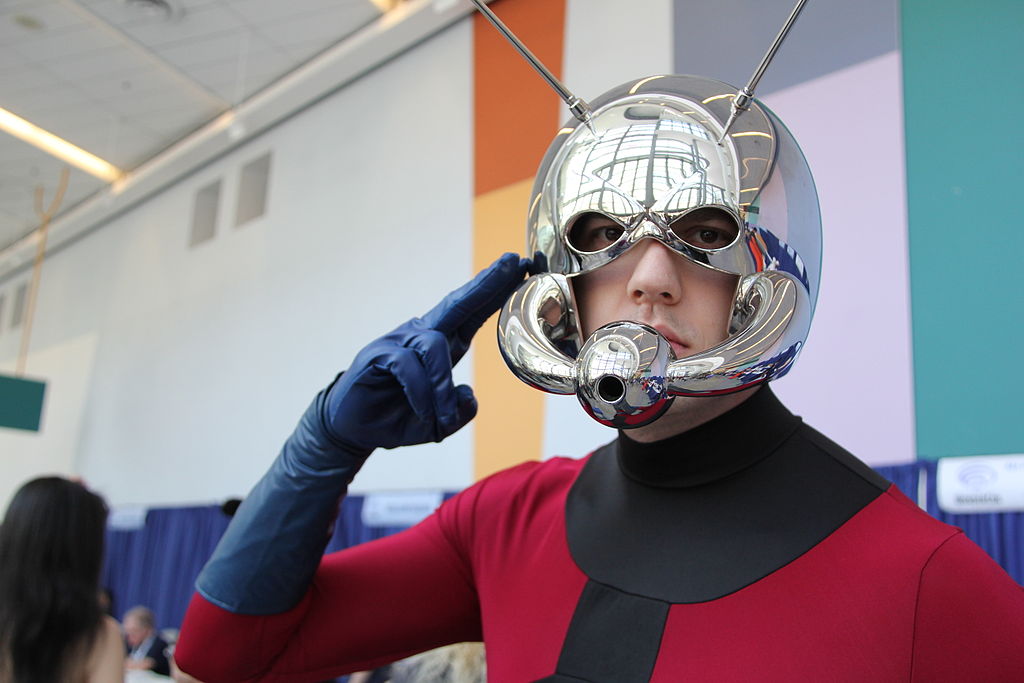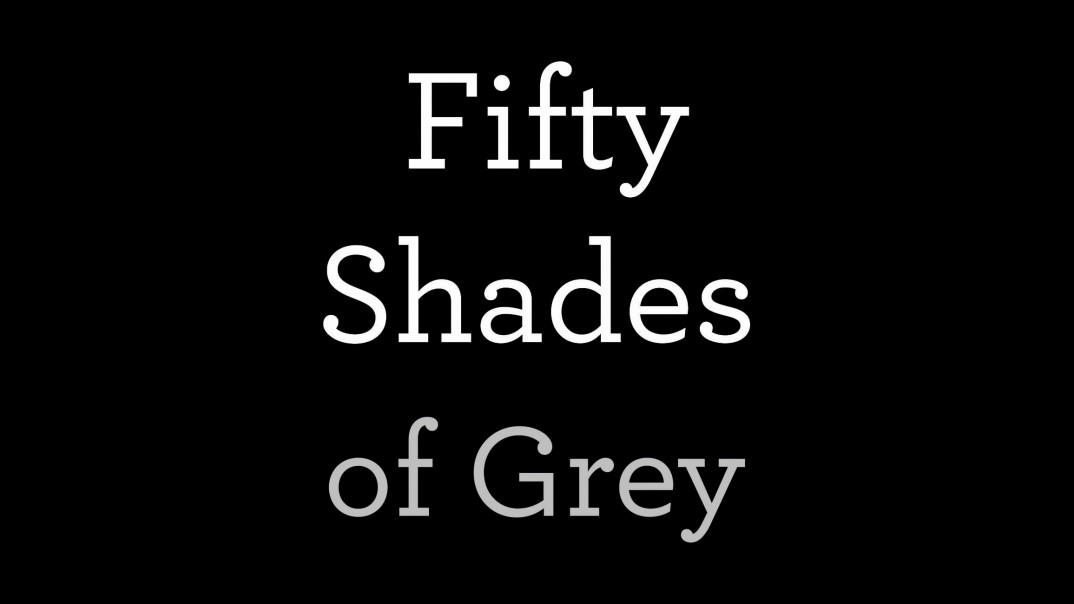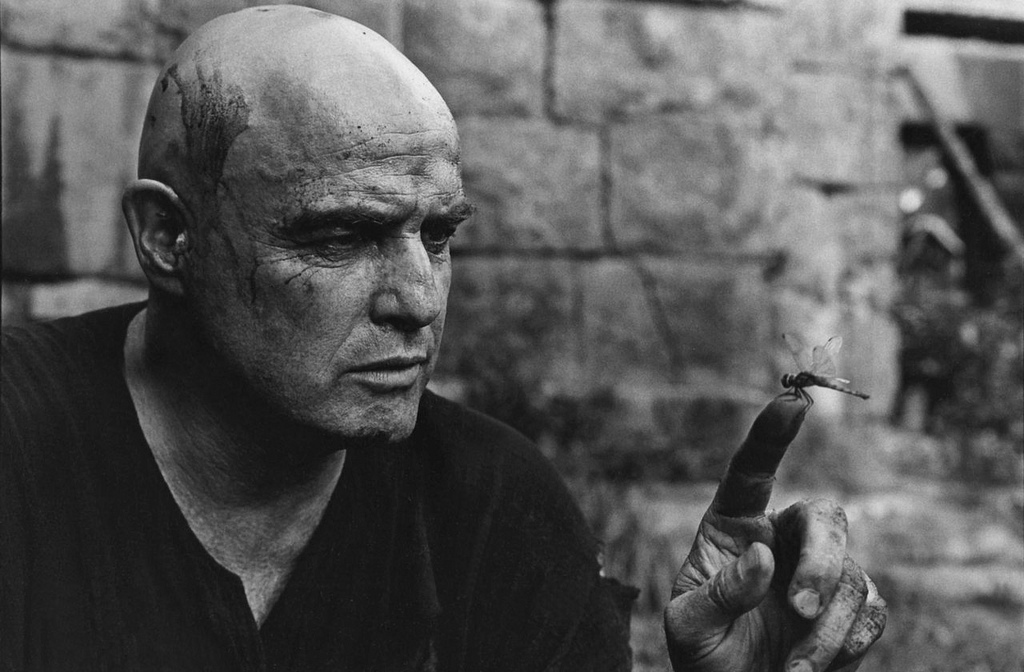In spite of being a welcome part of our lives, movies are not always immune from criticism. One of the most recent examples has been the movie adaptation of Roald Dahl’s book “The Witches,” starring Anne Hathaway. Hathaway, who plays the role of the leader of the Witches, is depicted as having three fingers per hand, which disability advocates have criticized as sending a dangerous message. The point, many have argued, is that by portraying someone with limb differences as scary and cruel – as Hathaway’s character is – the movie associates limb differences with negative character traits and depicts people with limb differences as persons to be feared.
Following the backlash, Hathaway has apologized on Instagram, writing:
“Let me begin by saying I do my best to be sensitive to the feelings and experiences of others not out of some scrambling PC fear, but because not hurting others seems like a basic level of decency we should all be striving for. As someone who really believes in inclusivity and really, really detests cruelty, I owe you all an apology for the pain caused. I am sorry. I did not connect limb difference with the GHW [Grand High Witch] when the look of the character was brought to me; if I had, I assure you this never would have happened.”
As Cara Buckley writes in The New York Times, examples of disfigured people being portrayed as evil abound. From Joker in “The Dark Night” to the “Phantom of the Opera,” cases where disabilities are associated with scary features are far from isolated instances. For as much as these concerns regarding “The Witches” might be justified (as I believe they are), critics seem to already anticipate a criticism of their criticism: that the backlash against the movie is exaggerated, and sparked by, to use Hathaway’s words, a “scrambling PC fear.” As Ashley Eakin, who has Ollier disease and Maffucci syndrome, remarks in Buckley’s article, “[o]bviously we don’t want a culture where everyone’s outraged about everything.”
So, is the backlash against the movie exaggerated? I want to suggest here that it is not; I want to suggest that the association between disability and evil portrayed by movies is a real issue, one that connects with recent philosophical discussions. The argument in favor of the dangers of this association seems to be that by portraying people with disabilities as ugly or scary, viewers may internalize that association and then transfer it onto the real world, thus negatively (and unjustly) impacting the way they see people with visible differences. As quoted in Buckley’s piece, Penny Loker, a visible difference advocate, argues that one of the problematic aspects of “The Witches” is that it is a family movie, and this might make the association between limb differences and evil even more pernicious because “kids absorb what they learn, be it through stories we tell or what they learn from their parents.”
Loker’s line of reasoning touches upon an issue that has recently been examined in philosophy and psychology, particularly with respect to how individuals differentiate facts from fiction. Researcher Deena Skolnick Weisberg, for example, who studies imaginative cognition, argues that despite children being competent in distinguishing imagination from reality, they not always and necessarily do so when it comes to consuming fiction. Quoting a study a study from Morison and Gardner (1978), Weisberg suggests that “[e]ven though children tend not to confuse real and fictional entities when asked directly, they do not necessarily see these as natural categories into which to sort entities.” This is made even more acute in the presence of negative emotions. Weisberg says that “[c]hildren are more likely to mis-categorize pretend or fictional entities that have a strong emotional valence, particularly a negative emotional valence.” Weisberg remarks, and this is my own conjecture, seem to be relevant for the depiction of Hathaway as a witch to be afraid of. One may worry that children who are scared of Hathaway’s character might have more difficulties separating fiction from reality, thus making Loker’s concern even more pressing.
If what has been said so far may apply to children, then what about their parents? Intuitively, one would think that when adults know that what they are watching is fictional, then the worry of associating limb differences with evil does not have any application to reality precisely because adults would categorize what they see in the movie as being purely fictional.
Yet, things are not as simple. As philosopher Neil Levy argues, adults are not always good at categorizing mental representations (such as beliefs, desires, or imaginings). Levy’s argument focuses on fake news and suggests that consuming news that we know to be fake does not insulate us from dangerous consequences. Meaning, under certain circumstances we can “acquire” information as well as beliefs even when we know that the “source” is “fictional.” The main context that situates Levy’s argument is fake news, but I think that its conceptual import can teach us something even in the context of movies. If it is true that even adults have a hard time categorizing mental representations when they know they are fake, then this could potentially impact the way adults, similarly to children, absorb what they see when watching films as well as how they employ it in real life.
What should we make of this? I think one important lesson to draw from this reflection is that once the movie industry recognizes the considerable impact their films can have in the way both children and adults internalize what they see, the industry has an obligation to consider the consequences that portraying certain connections can have. Given how viewers absorb what they see, regardless of their age, the movie industry should strive to be more alert and spot problematic associations like this one.


